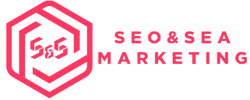
What are LinkedIn Ads Best for?
LinkedIn ads are best for businesses that are looking to target a professional audience, and want to reach decision-makers or influencers in their industry. Here are some examples of the types of businesses and objectives that LinkedIn ads are best suited for:
B2B companies: LinkedIn ads are highly effective for B2B companies, as the platform is designed for professionals to network and share industry-related content. B2B companies can use LinkedIn ads to reach decision-makers and influencers in their industry and generate leads.
Recruiting: LinkedIn is also a popular platform for job seekers and recruiters, and LinkedIn ads can be used to promote job openings and attract qualified candidates. This can be particularly effective for companies looking to fill senior or specialized roles.
Thought leadership: LinkedIn is a great platform for sharing thought leadership content, such as articles, whitepapers, and infographics. LinkedIn ads can be used to promote this content and increase its reach, helping to establish a company as a thought leader in their industry.
Event promotion: LinkedIn ads can be used to promote events, such as webinars, conferences, and product launches. This can help to increase attendance and generate buzz around the event.
Brand awareness: LinkedIn ads can be used to increase brand awareness and visibility among a professional audience. This can be particularly effective for companies looking to expand their reach and establish themselves as a trusted brand in their industry.
In conclusion, LinkedIn ads are best suited for businesses that are targeting a professional audience and looking to achieve specific objectives, such as generating leads, recruiting, thought leadership, event promotion, or brand awareness. By leveraging the platform's targeting capabilities and ad formats, businesses can create effective ad campaigns that help them achieve their marketing goals.
Are LinkedIn ads better than Google ads?

Whether LinkedIn ads or Google ads are better depends on a variety of factors, such as the goals of the ad campaign, the target audience, and the budget. Here are some key differences between the two platforms that can help businesses decide which one is best for their needs:
Targeting: LinkedIn ads are best for targeting a professional audience based on their job title, company, industry, and other factors. Google ads, on the other hand, are better for targeting users based on their search queries, interests, and demographics.
Ad formats: LinkedIn offers a range of ad formats, including sponsored content, sponsored InMail, and display ads. Google offers search ads, display ads, video ads, and more. The best ad format depends on the campaign objectives and target audience.
Cost: LinkedIn ads tend to be more expensive than Google ads, as they target a more specialized audience. Google ads can be more cost-effective for businesses with a limited budget.
Competition: LinkedIn ads have less competition than Google ads, as fewer businesses advertise on the platform. This can be an advantage for businesses that want to stand out and reach a professional audience.
Branding vs. performance: LinkedIn ads are better for branding and establishing a company as a thought leader in their industry. Google ads are better for performance marketing, such as generating leads, sales, and website traffic.
In conclusion, both LinkedIn ads and Google ads have their strengths and weaknesses, and the best platform depends on the goals of the ad campaign, the target audience, and the budget. Businesses should consider the differences between the two platforms and choose the one that is best suited for their specific needs and objectives.
Are LinkedIn Ads Better than Facebook?
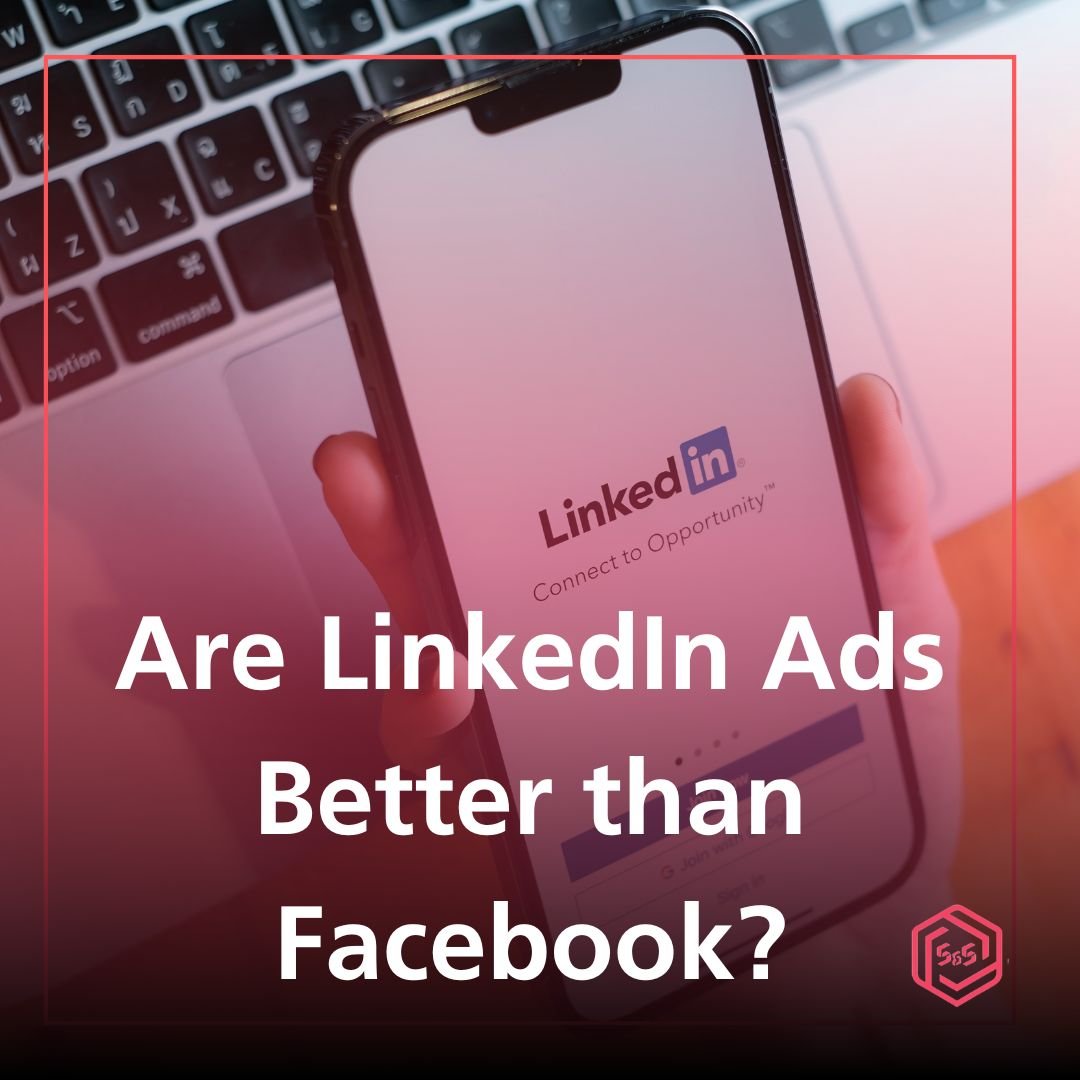
Whether LinkedIn ads are better than Facebook ads depends on the goals of the ad campaign, the target audience, and the budget. Here are some key differences between the two platforms that can help businesses decide which one is best for their needs:
Targeting: LinkedIn ads are best for targeting a professional audience based on their job title, company, industry, and other factors. Facebook ads are better for targeting users based on their interests, behaviors, and demographics.
Ad formats: LinkedIn offers a range of ad formats, including sponsored content, sponsored InMail, and display ads. Facebook offers a wide variety of ad formats, including image ads, video ads, carousel ads, and more. The best ad format depends on the campaign objectives and target audience.
Cost: LinkedIn ads tend to be more expensive than Facebook ads, as they target a more specialized audience. Facebook ads can be more cost-effective for businesses with a limited budget.
Competition: LinkedIn ads have less competition than Facebook ads, as fewer businesses advertise on the platform. This can be an advantage for businesses that want to stand out and reach a professional audience.
B2B vs. B2C: LinkedIn ads are better suited for B2B companies that want to target decision-makers and influencers in their industry. Facebook ads are better suited for B2C companies that want to reach a wider audience of consumers.
In conclusion, both LinkedIn ads and Facebook ads have their strengths and weaknesses, and the best platform depends on the goals of the ad campaign, the target audience, and the budget. Businesses should consider the differences between the two platforms and choose the one that is best suited for their specific needs and objectives.
What are the Cons to LinkedIn Advertising?
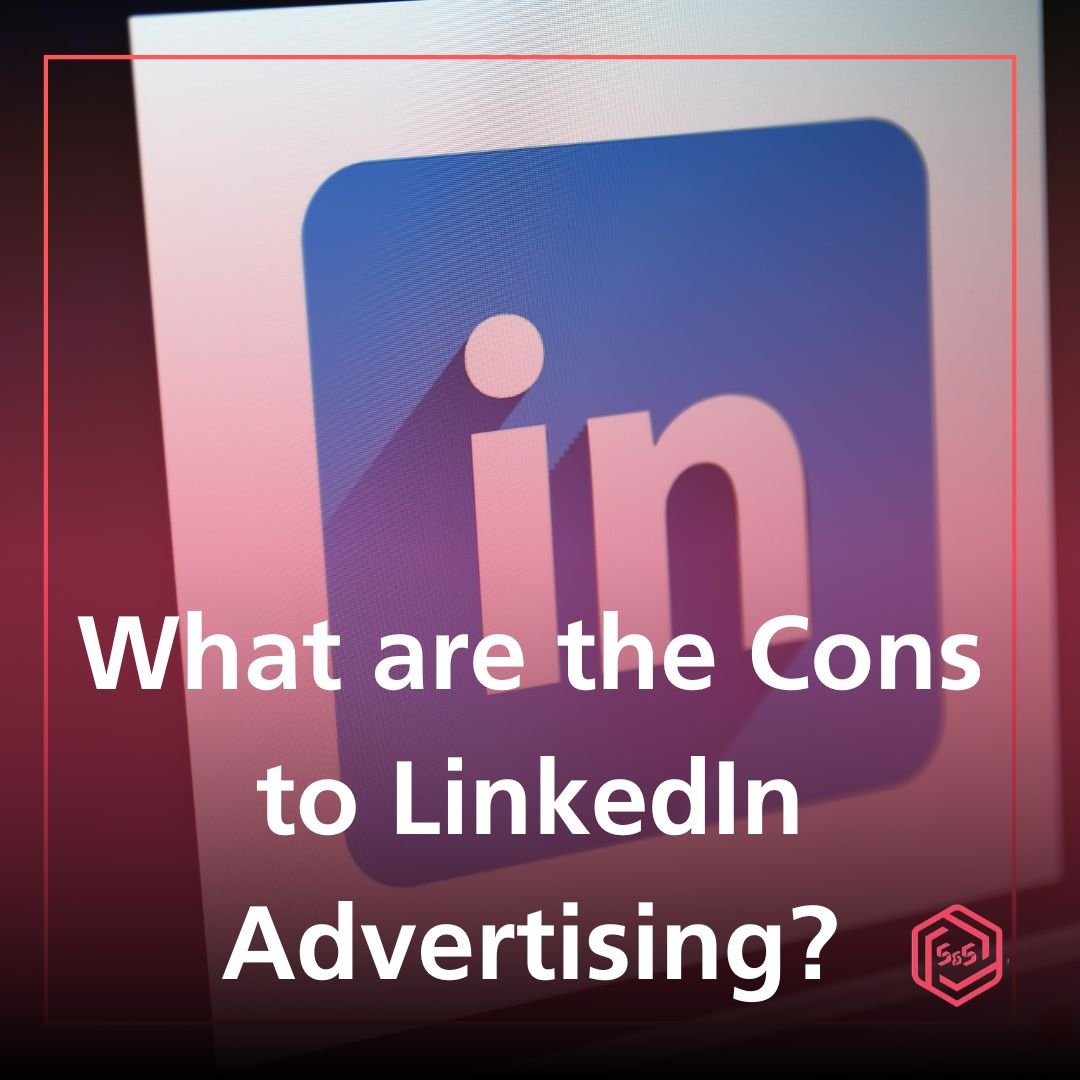
While LinkedIn advertising has several advantages, there are also some potential drawbacks to consider:
Cost: LinkedIn ads tend to be more expensive than other social media platforms, such as Facebook or Twitter. This can make it challenging for small businesses with limited budgets to compete.
Limited audience: LinkedIn has a more specialized audience compared to other social media platforms. This can limit the reach of an ad campaign and make it more difficult to find the right target audience.
Limited ad formats: LinkedIn has fewer ad formats available compared to other social media platforms. This can limit creativity and make it challenging to create ads that stand out.
Limited targeting options: While LinkedIn offers advanced targeting options, it may not have the same breadth of targeting options available as other social media platforms like Facebook or Google.
Ad fatigue: As LinkedIn has a more limited audience, it can be easier for users to become fatigued with seeing the same ads repeatedly, which may decrease their effectiveness.
Limited organic reach: LinkedIn's organic reach is generally lower compared to other social media platforms, which means businesses may need to invest in advertising to reach their desired audience.
Overall, while LinkedIn advertising has several benefits, it is important to consider these potential drawbacks when deciding whether it is the right platform for an advertising campaign.
Who Should Use LinkedIn Ads?
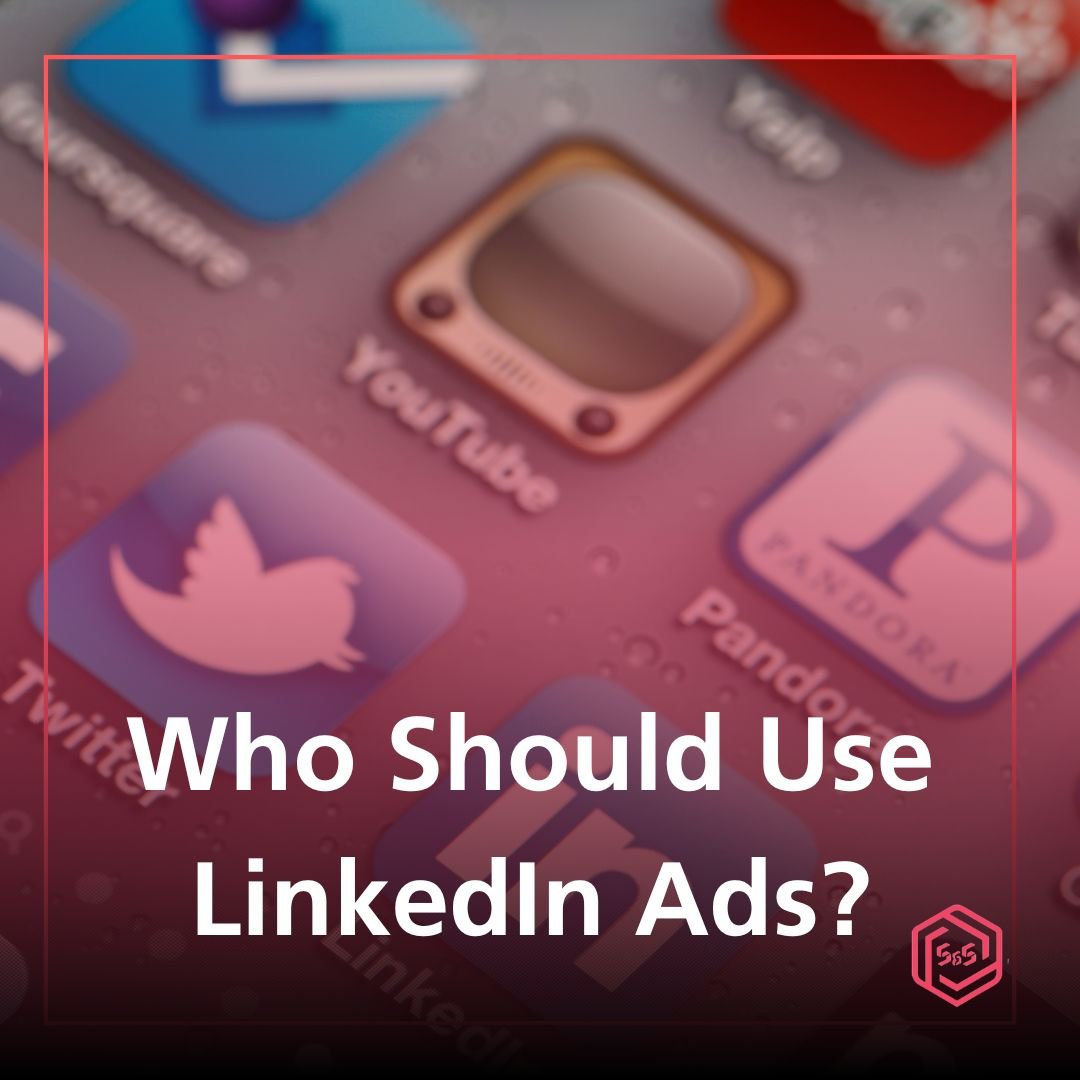
LinkedIn ads are best suited for businesses that want to target a professional audience and generate leads or conversions from that audience. Specifically, LinkedIn ads are ideal for:
B2B companies: LinkedIn is a platform where business professionals connect, making it a valuable platform for B2B companies looking to connect with decision-makers and influencers in their industry.
Service-based businesses: LinkedIn can be an effective platform for businesses offering services, such as consulting, training, or coaching, as these services are often targeted towards professionals.
Recruitment: LinkedIn can be used to promote job openings and attract top talent to a company.
High-value products or services: As LinkedIn has a more specialized and professional audience, it may be a more effective platform for promoting high-value products or services that require a more targeted approach.
Thought leadership: LinkedIn can also be a valuable platform for thought leadership, as businesses can use sponsored content to position themselves as experts in their industry and generate leads through content marketing.
Overall, LinkedIn ads are best suited for businesses that want to reach a professional audience, generate leads, and build relationships with other professionals in their industry.
What is a Good LinkedIn Ad Budget?
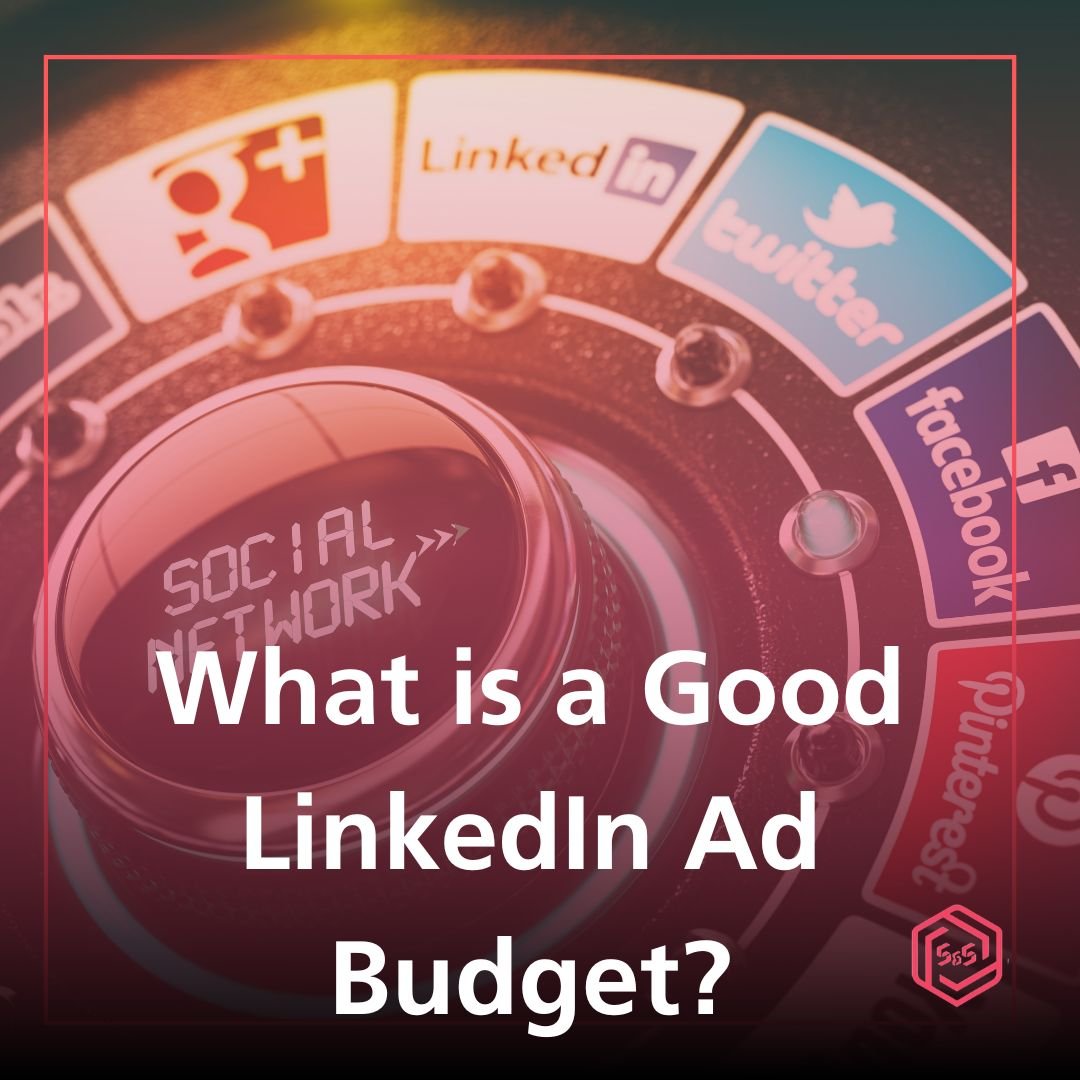
The budget for LinkedIn ads can vary depending on several factors, such as the business's goals, target audience, industry, and ad format. However, as LinkedIn ads are generally more expensive than other social media platforms, it is recommended that businesses have a minimum budget of at least $10,000 for a three-month campaign.
This budget will allow businesses to test different ad formats, target audiences, and messaging to determine what works best for their goals. The cost of LinkedIn ads can also depend on the bidding strategy used. LinkedIn offers different bidding options, including cost per click (CPC) and cost per impression (CPM), which can affect the cost of the campaign.
It's important to note that while having a higher budget can lead to greater reach and more leads, it is not a guarantee of success. Ad relevance, targeting, and messaging are also key factors in the success of a LinkedIn ad campaign. Therefore, it's important to continually monitor and adjust the campaign based on the results and data to optimize for better performance.
Is it Better to Boost a Post or Create an Ad on LinkedIn?
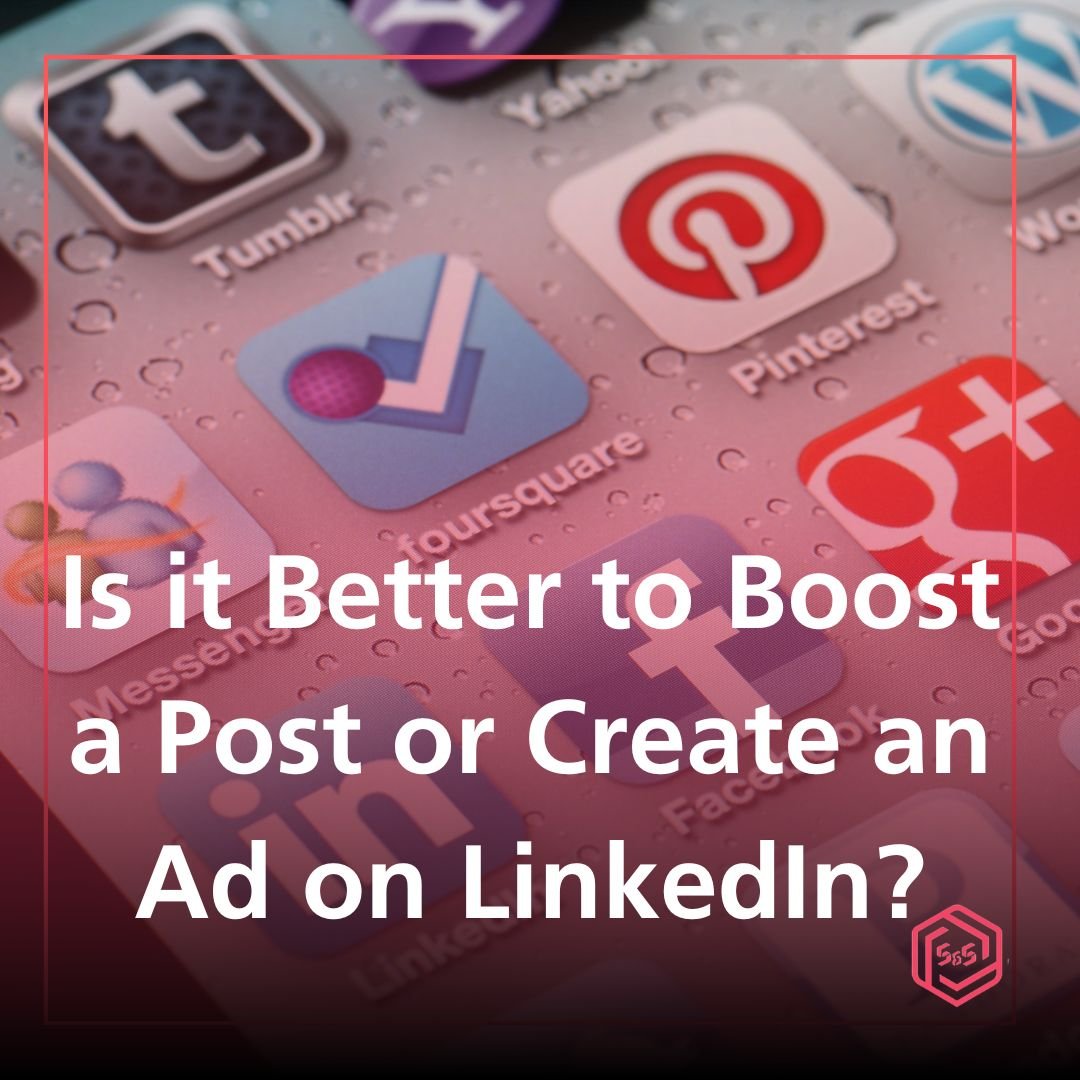
Both boosting a post and creating an ad on LinkedIn have their own advantages and disadvantages, and the choice between the two depends on your specific goals and budget.
Boosting a post is a quick and easy way to increase the reach of your existing content, such as a post or a video. It's a simple process that allows you to select your target audience and set a budget to boost the post for a specific period. Boosted posts are generally less expensive than creating an ad and are a good option if you want to increase the visibility of your content to a wider audience.
On the other hand, creating an ad on LinkedIn gives you more control over the targeting and placement of your content. You can choose from a range of ad formats, such as sponsored content, sponsored InMail, or display ads, and customize your ad's message, creative, and call-to-action. LinkedIn's ad targeting options allow you to reach specific audiences based on their job titles, industries, locations, interests, and more.
If your goal is to generate leads, promote a product or service, or drive traffic to your website, then creating an ad on LinkedIn may be a better option. However, if your goal is to increase the visibility of your existing content or engage with your current audience, then boosting a post may be more suitable.
In summary, both boosting a post and creating an ad on LinkedIn can be effective strategies for reaching your target audience. The decision between the two depends on your specific goals, budget, and the type of content you want to promote.
Why is it Worth to Hire an Agency for Linkedin Advertising?
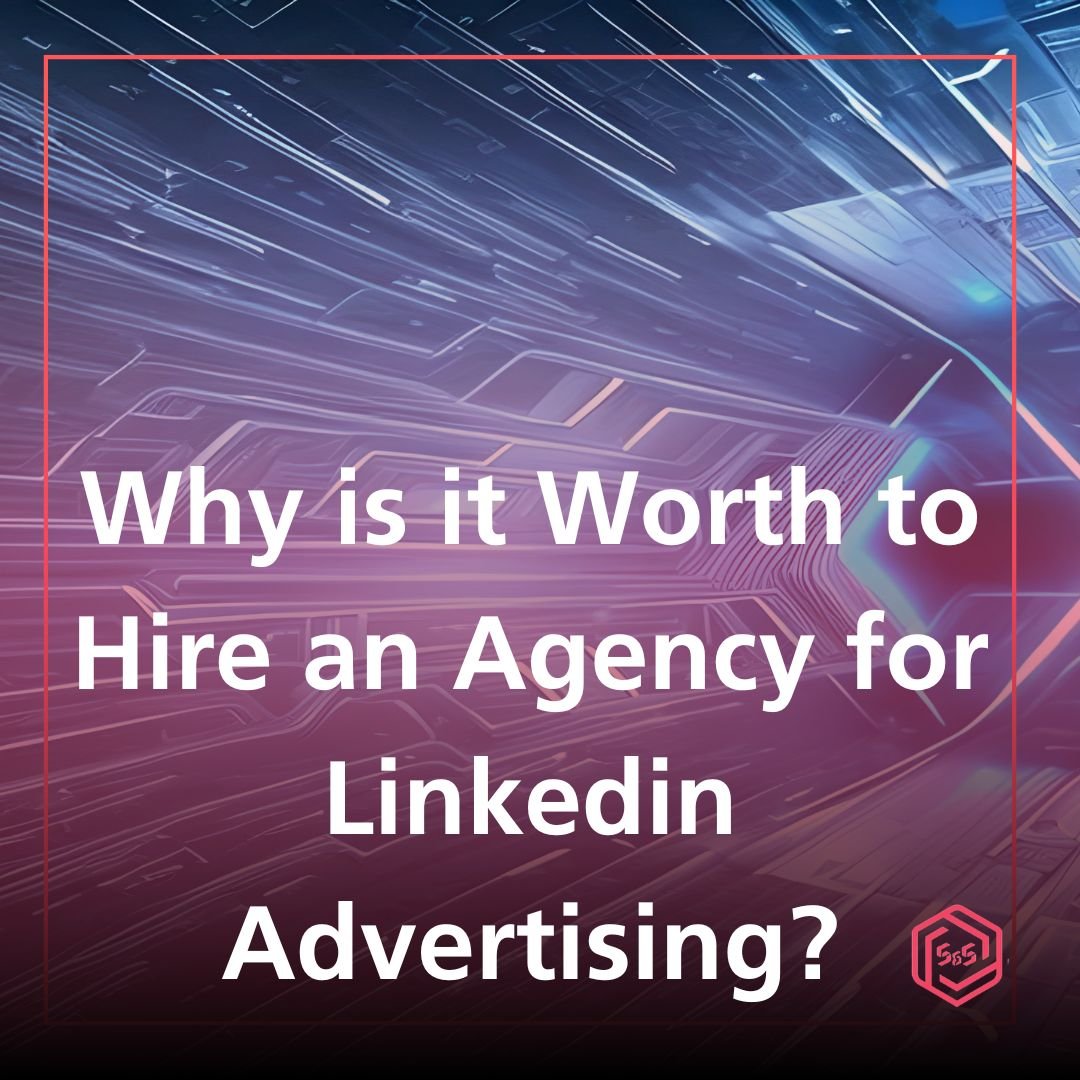
Hiring an agency for LinkedIn advertising can be a worthwhile investment for several reasons:
Expertise: An agency that specializes in LinkedIn advertising will have a team of experts who understand the platform's advertising capabilities, targeting options, and best practices. They can provide valuable insights and recommendations based on their experience to help you maximize your advertising ROI.
Time-saving: Managing a LinkedIn advertising campaign can be time-consuming, especially if you're new to the platform. By outsourcing this task to an agency, you can free up your time and focus on other areas of your business while the agency handles the day-to-day management of your campaign.
Cost-effective: Although hiring an agency may seem like an additional expense, it can actually be cost-effective in the long run. An agency can help you avoid costly mistakes, optimize your ad spend, and generate higher-quality leads, resulting in a better return on investment.
Customization: An agency can help you create customized ad campaigns that align with your business objectives and target audience. They can also provide creative services to design compelling ad content that stands out in the crowded LinkedIn newsfeed.
Reporting and Analytics: An agency can provide detailed reporting and analytics to help you understand the performance of your LinkedIn advertising campaigns. This data can be used to optimize your campaigns over time and improve your overall advertising results.
Overall, hiring an agency for LinkedIn advertising can help you save time and money, improve the quality of your leads, and achieve better results from your advertising campaigns.
SEND US A MESSAGE
